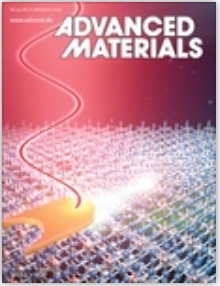Implant-related microbial infection is a challenging clinical problem, and its treatment requires efficient eradication of the biofilm from the implant surface. Near-infrared (NIR)-responsive strategies are proposed as an emerging efficient antibacterial therapy. However, the utilization of photosensitizers or photocatalytic/photothermal nanomaterials in the available approach likely induces high potential risks of interfacial deterioration and biosafety compromise. Herein, a TiO2/TiO2−x metasurface with potent NIR-responsive antibacterial activity is produced on a Ti alloy implant by a newly invented topochemical conversion-based alkaline–acid bidirectional hydrothermal method (aaBH). Electromagnetic simulations prove that NIR absorption and near-field distribution of the metasurface can be tuned by the dimension and arrangement of the nanostructural unit. Promising antibacterial efficacy is proved by both in vitro and in vivo tests, with low-power NIR irradiation for 10 min. Besides, the designed nanostructure in the metasurface itself also shows excellence in enhancing the adhesion-related gene expression of human gingival fibroblasts that are exposed to 10 min of NIR irradiation, proving the potent nanostructure-induced biological effects. This work provides a biosafe and upscalable metasurfacing approach with extraordinary capacity of manipulating light adsorption, photocatalysis, and biological properties.

